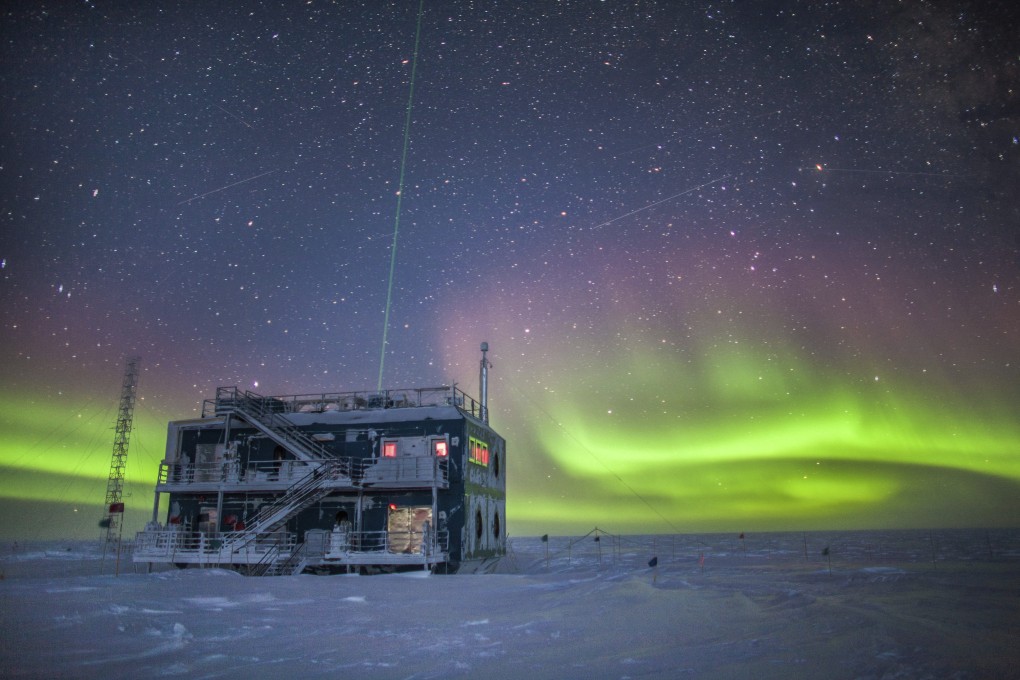UN says ozone layer slowly healing, hole to mend by 2066
- The latest scientific assessment shows recovery in progress more than 35 years after every nation in the world agreed to stop producing ozone-eating chemicals
- The layer of ozone in the atmosphere shields Earth from harmful radiation linked to skin cancer, cataracts and crop damage

Earth’s protective ozone layer is slowly but noticeably healing at a pace that would fully mend the hole over Antarctica in about 43 years, a new United Nations report says.
A once-every-four-years scientific assessment found recovery in progress, more than 35 years after every nation in the world agreed to stop producing chemicals that chomp on the layer of ozone in Earth’s atmosphere that shields the planet from harmful radiation linked to skin cancer, cataracts and crop damage.
“In the upper stratosphere and in the ozone hole we see things getting better,” said Paul Newman, co-chair of the scientific assessment.
The progress is slow, according to the report presented Monday at the American Meteorological Society convention in Denver. The global average amount of ozone 18 miles (30km) high in the atmosphere will not be back to 1980 pre-thinning levels until about 2040, the report said. And it will not be back to normal in the Arctic until 2045.
Antarctica, where it is so thin there is an annual giant gaping hole in the layer, will not be fully fixed until 2066, the report said.
Scientists and environmental advocates across the world have long hailed the efforts to heal the ozone hole – springing out of a 1987 agreement called the Montreal Protocol that banned a class of chemicals often used in refrigerants and aerosols – as one of the biggest ecological victories for humanity.